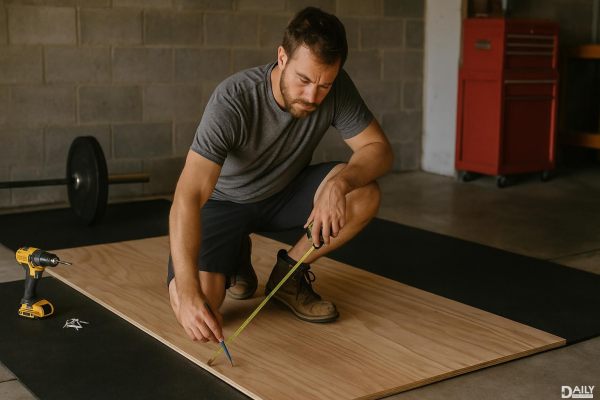If you're hitting the pavement week after week but your race times aren't budging, you're not alone. Plateaus happen to even the most dedicated runners—but the good news? There are clear, science-backed reasons why your speed might be stuck in neutral, and even better, proven ways to kickstart progress again. Whether you're chasing a PR or just trying to shave a few seconds off your usual pace, understanding these roadblocks (and how to blast through them) can transform your training from frustrating to fulfilling.
The Consistency Conundrum
Coach Conor Nickel nailed it: sporadic training is the arch-nemesis of progress. Running three times one week and once the next isn't just ineffective—it's practically resetting your body's adaptation clock. Your cardiovascular system thrives on rhythmic stress, and when that rhythm gets disrupted, improvements stall. But consistency isn't just about showing up; it's about strategic repetition. Nickel's advice to "become comfortable being uncomfortable" speaks volumes—those race-pace sessions where your lungs burn and legs scream? That's where the magic happens. Start weaving one weekly session at your target pace into training, even if it's just for short intervals at first. Over 6-8 weeks, gradually increase the duration while maintaining that pace. This methodical approach gives your body time to rewire muscle memory and energy systems without overtaxing them.
The Hidden Culprit: Recovery Neglect
Here's the brutal truth many runners ignore: you don't get faster during workouts—you get faster during recovery. Skimping on sleep (like I did before consulting Nickel) or rushing through post-run stretches sabotages your body's repair processes. Muscle fibers rebuild during deep sleep cycles, and synovial fluid replenishes joint cartilage during rest days. Try this game-changer: after tempo runs, immediately consume a 4:1 carb-to-protein recovery snack (chocolate milk works wonders) to jumpstart glycogen replacement. Then, schedule "active recovery" days—not couch potato sessions, but leisurely swims or cycling at 60% max heart rate. This maintains blood flow to repair tissues without causing additional damage. Tracking your morning resting heart rate can also reveal whether you're recovered enough for another quality session.
The Terrain Trap
Running the same flat route every day? Your body adapts to that specific stress within weeks, making further gains nearly impossible. Nickel emphasizes mixing terrain like a DJ blends tracks—hills build explosive power, trails enhance proprioception, and track intervals teach pace precision. Try this rotation: Mondays on hilly routes (focusing on controlled descents to prevent injury), Wednesdays at the track for structured intervals (like 8x400m at 5K pace with 90-second jogs), and Saturdays on winding trails to engage stabilizing muscles. The variation forces different muscle fibers to activate while preventing the neurological boredom that comes with repetitive motion patterns.
The Strength Deficit
Most runners overlook what Nickel calls the "pillars of injury prevention": single-leg stability work and eccentric loading. When your glutes and core can't maintain proper form past mile 10, your stride shortens and pace drops. Twice weekly, add 20-minute strength sessions focusing on single-leg deadlifts (3 sets of 8 per leg), lateral band walks (2x15 steps each way), and eccentric calf raises (3x10, lowering slowly). These correct muscle imbalances that silently steal speed. For advanced runners, plyometrics like box jumps (after thorough warm-up) can improve running economy by 2-4%—enough to shave minutes off marathon times.
The Mental Game Changer
Nickel's "comfortable being uncomfortable" philosophy extends beyond physical training. Many runners hit plateaus because they subconsciously brake when discomfort arises. Try this psychological hack during speedwork: when fatigue hits, focus on relaxing your face and shoulders while maintaining turnover. Tension wastes energy—studies show smiling during hard efforts can actually reduce perceived effort by up to 17%. Visualization techniques also help: spend 5 minutes pre-run mentally rehearsing maintaining goal pace through final miles, imagining the sensation of strong form when tired.
Breaking through a running plateau isn't about grinding harder—it's about training smarter. By addressing these often-overlooked factors with the same precision you apply to mileage tracking, that elusive PR becomes not just possible, but inevitable. Remember what Nickel taught me: progress in running mirrors life—sometimes you need to slow down (recovery), change direction (variation), and strengthen your foundation before you can surge forward again.
























